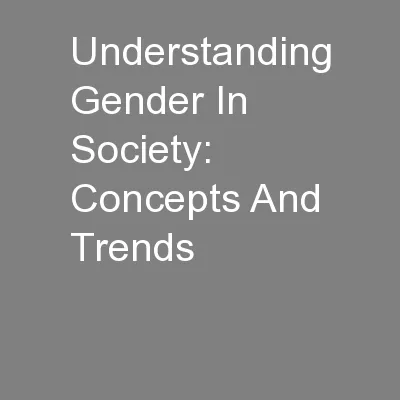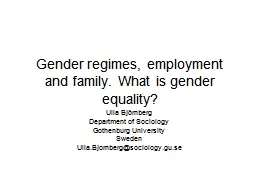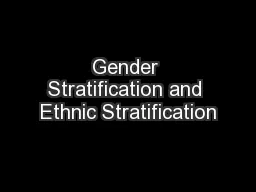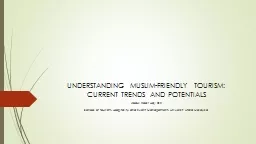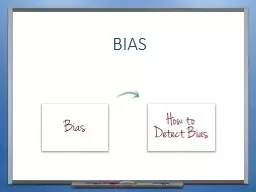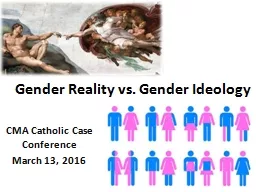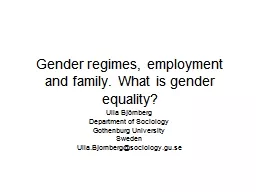PPT-Understanding Gender In Society: Concepts And Trends
Author : tatiana-dople | Published Date : 2016-04-05
Unit 6 Gender Mainstreaming Within Institutions Introduction Making Institutions Gender Sensitive Despite increased female participation in the workforce gender
Presentation Embed Code
Download Presentation
Download Presentation The PPT/PDF document "Understanding Gender In Society: Concept..." is the property of its rightful owner. Permission is granted to download and print the materials on this website for personal, non-commercial use only, and to display it on your personal computer provided you do not modify the materials and that you retain all copyright notices contained in the materials. By downloading content from our website, you accept the terms of this agreement.
Understanding Gender In Society: Concepts And Trends: Transcript
Download Rules Of Document
"Understanding Gender In Society: Concepts And Trends"The content belongs to its owner. You may download and print it for personal use, without modification, and keep all copyright notices. By downloading, you agree to these terms.
Related Documents

